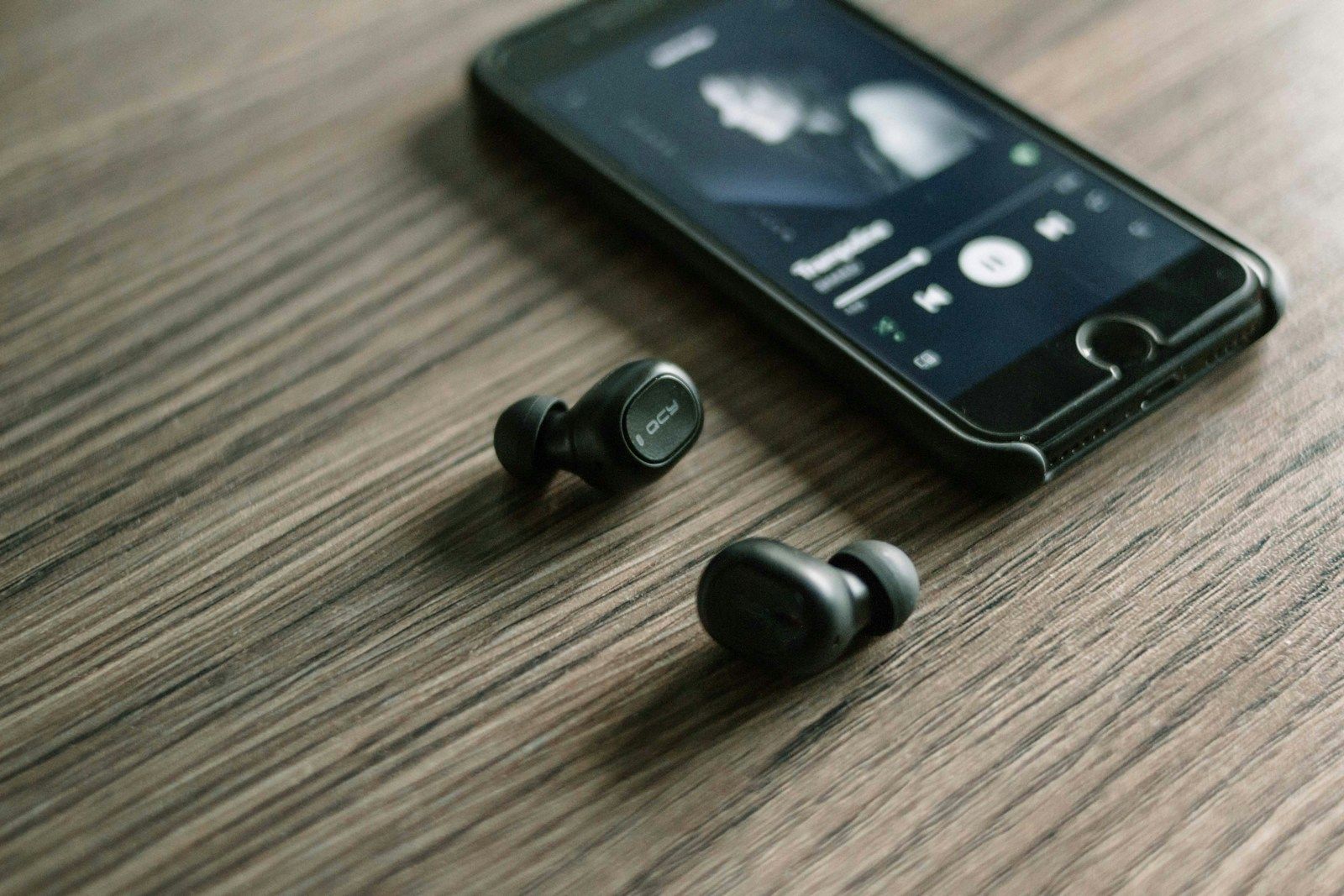Making music at home has never been more accessible. Whether you’re a total beginner or someone who’s dabbled a bit, creating music in the comfort of your home is something you can start today. All you need is some basic equipment, a little know-how, and a lot of enthusiasm. This guide will help you take your first steps into the exciting world of music creation right from your home.
Why Start Making Music at Home?
First, let’s talk about why you should even consider making music at home. For starters, it’s incredibly convenient. You can create music whenever inspiration strikes, without worrying about studio time or other external factors. Plus, it’s a fantastic way to express yourself and explore your creativity. Whether you want to produce beats, compose melodies, or even write songs, doing it at home gives you the freedom to experiment and grow at your own pace.
Setting Up Your Home Studio
The first step to start making music at home is setting up a basic home studio. Don’t worry; you don’t need to spend a fortune. Here’s what you’ll need:
A Computer
Your computer will be the centerpiece of your home studio. Whether it’s a laptop or a desktop, ensure it has enough processing power to run music production software smoothly. If you already have a computer, start with what you have. You can always upgrade later.
Digital Audio Workstation (DAW)
A DAW is the software you’ll use to record, edit, and produce music. Popular options include Ableton Live, FL Studio, Logic Pro, and GarageBand. Many DAWs offer free trials, so you can try a few and see which one you like best.
Audio Interface
An audio interface connects your computer to other audio equipment, like microphones and headphones. It improves sound quality and ensures everything runs smoothly. Entry-level models like Focusrite Scarlett or PreSonus AudioBox are excellent choices for beginners.
Microphone
If you’re planning to record vocals or live instruments, a good microphone is essential. A condenser microphone is a solid option for most home studios. Brands like Audio-Technica and Rode offer budget-friendly models.
Headphones or Monitors
To hear your music accurately, invest in a pair of studio headphones or monitors (speakers). Studio headphones like Audio-Technica ATH-M50x or KRK Rokit monitors are great options.
MIDI Controller
A MIDI controller, like a keyboard, helps you play and record virtual instruments. While it’s not essential, it makes creating music more intuitive and fun.
Learning the Basics
Once your setup is ready, it’s time to learn the basics of music production. Start by familiarizing yourself with your DAW. Watch tutorials on YouTube or check out the software’s official documentation. Many DAWs also have built-in lessons to get you started.
Learn about the different elements of music, such as rhythm, melody, harmony, and dynamics. Don’t worry about mastering everything at once; focus on understanding the basics and building from there.
Experiment with Sounds
Making music at home is all about experimenting. Start by exploring the sounds available in your DAW. Most DAWs come with a library of virtual instruments and sound effects. Play around with these to get a feel for what’s possible.
You can also download free or paid sound packs online. These packs often include drum loops, synth presets, and samples to enhance your music. Sites like Splice and Loopmasters are excellent resources for finding high-quality sounds.
Create Your First Track
Now comes the exciting part: creating your first track. Start with a simple beat or melody. Don’t overthink it. Just let your creativity flow. Here are some tips to help you:
- Start with a genre you love. Whether it’s hip-hop, electronic, pop, or rock, creating in a style you enjoy will keep you motivated.
- Layer sounds gradually. Begin with a basic rhythm, then add melodies, harmonies, and effects one by one.
- Use reference tracks. Listen to songs you love and analyze their structure. This can help you understand how to arrange your track.
Learn and Improve
The more you practice, the better you’ll get. Making music at home is a journey, and there’s always room to grow. Here are some ways to improve:
- Take Online Courses: Platforms like Coursera, Udemy, and Skillshare offer music production courses for all skill levels.
- Join Communities: Online forums, social media groups, and Discord servers are great places to connect with other music creators, share your work, and get feedback.
- Experiment with Genres: Trying different styles of music will expand your skills and inspire new ideas.
Share Your Music
Once you’re happy with your track, share it with the world! Platforms like SoundCloud, Bandcamp, and YouTube are perfect for showcasing your music. Don’t be afraid to put yourself out there; every musician starts somewhere.
Keep Going
Making music at home is a rewarding and fulfilling hobby, and it can even turn into a career. The key is to stay consistent and enjoy the process. Remember, every great musician was once a beginner. With time, effort, and passion, you’ll be amazed at what you can create.
Related Articles:
For further reading, explore these related articles:
For additional resources on music marketing and distribution, visit DMT RECORDS PRIVATE LIMITED.



















Leave a Reply